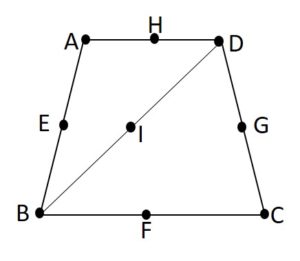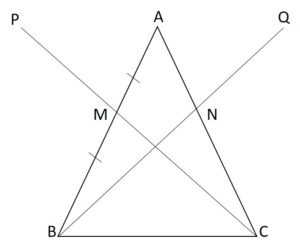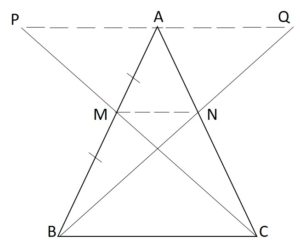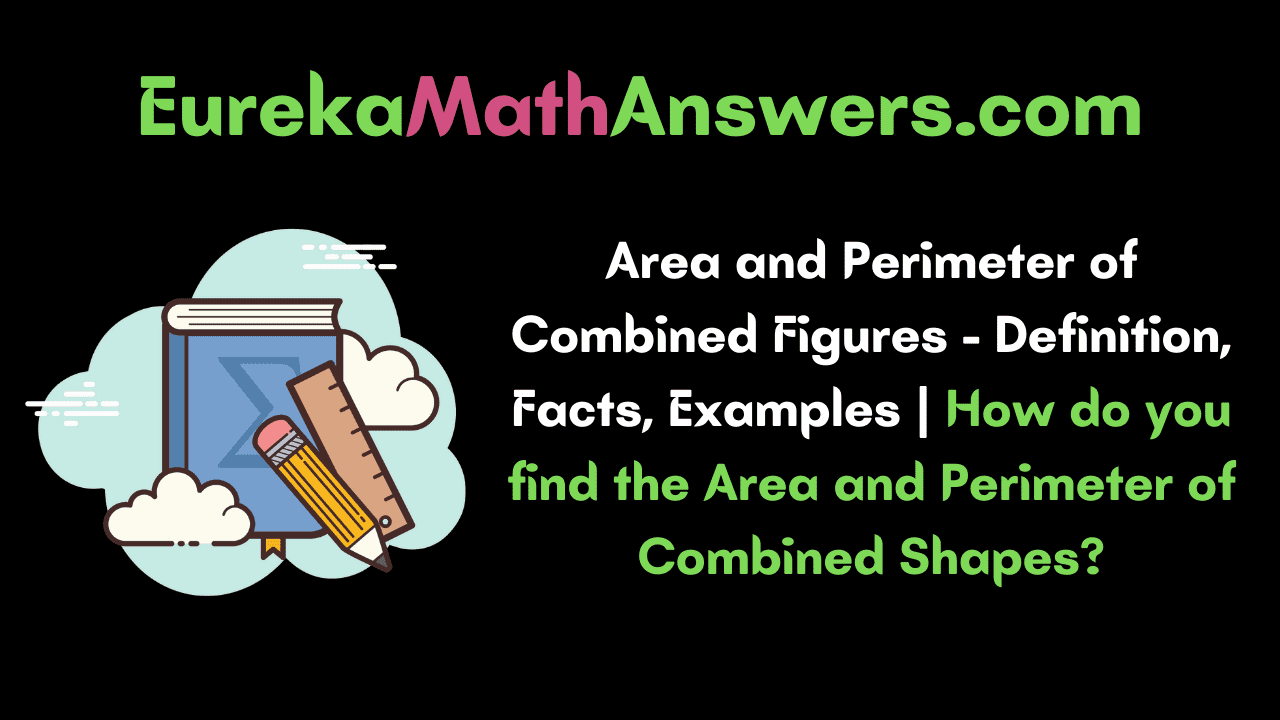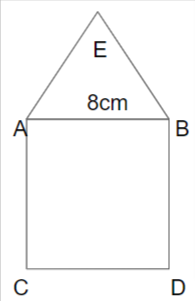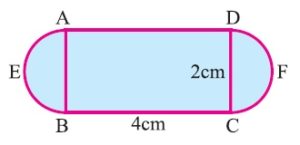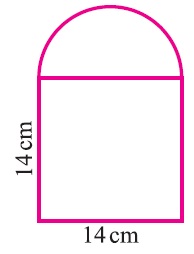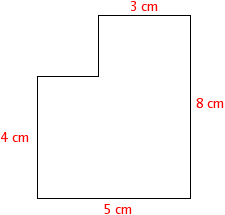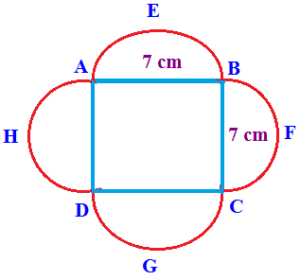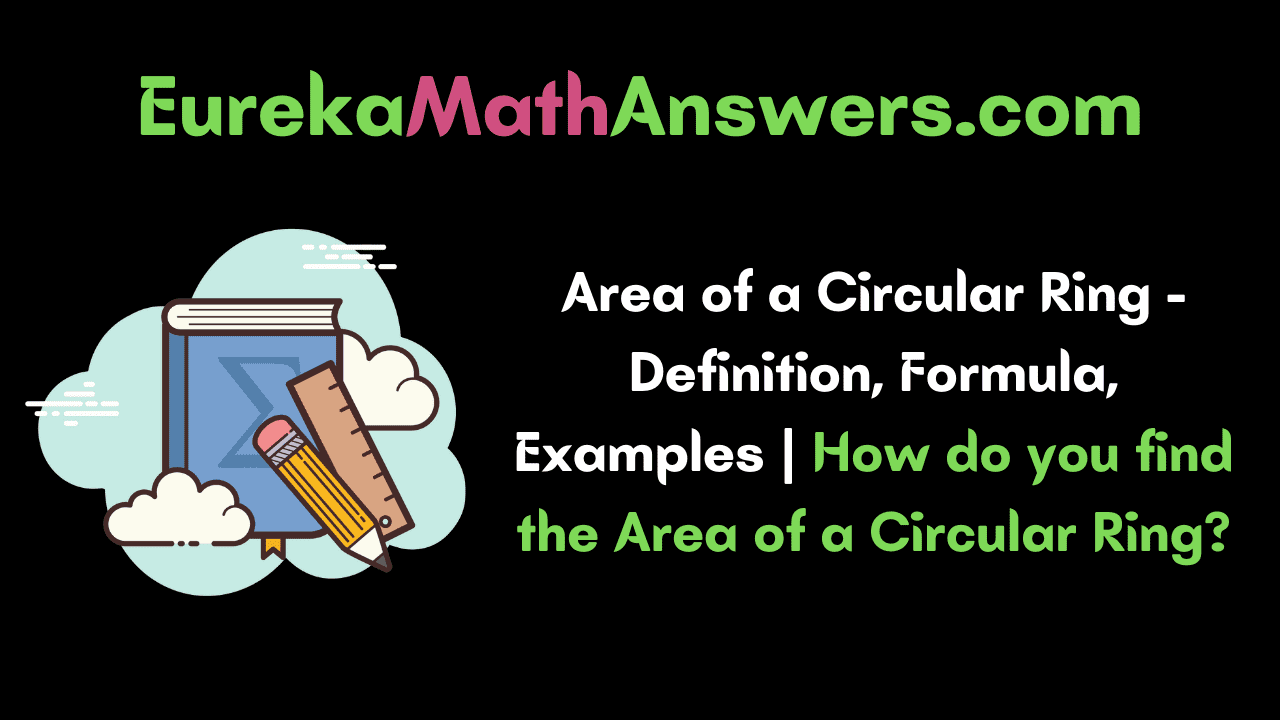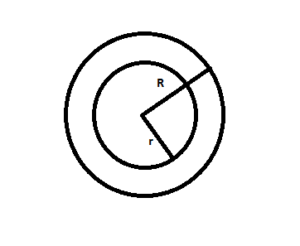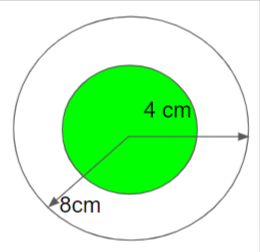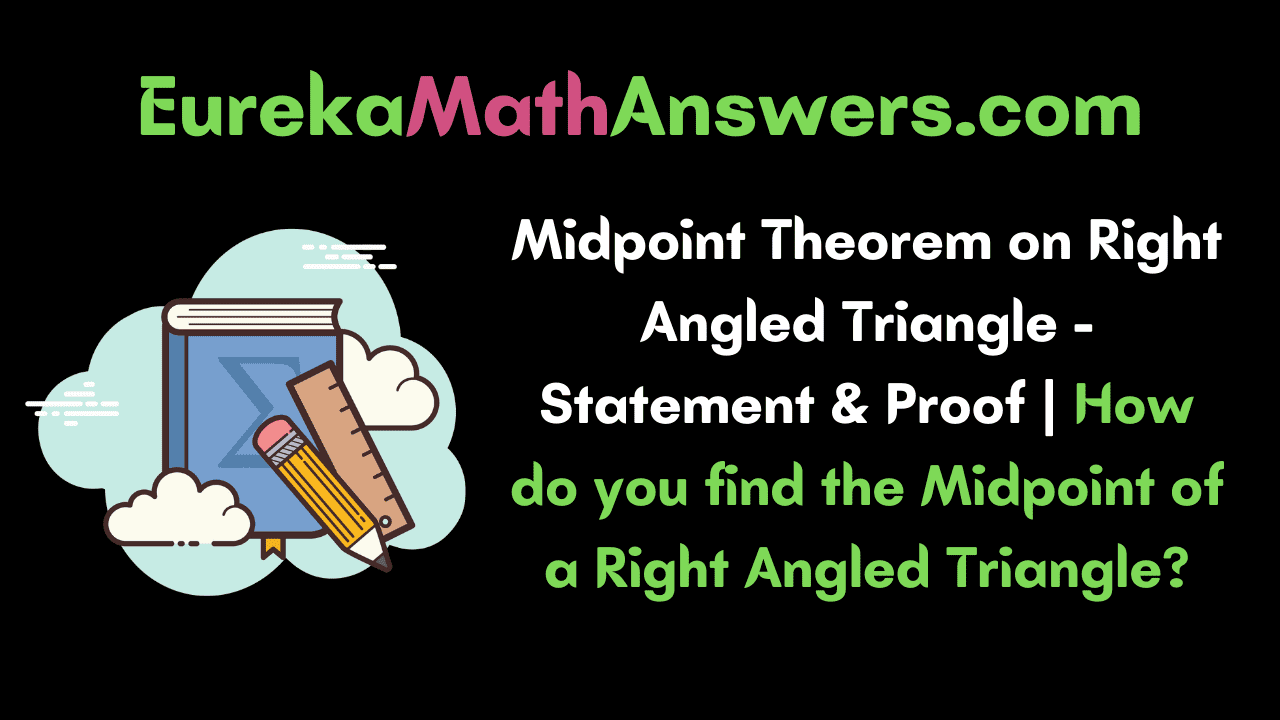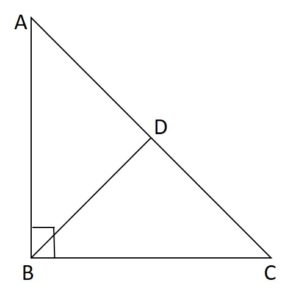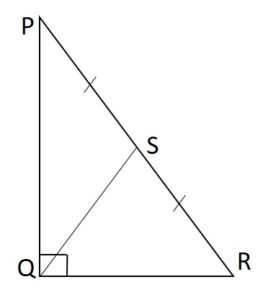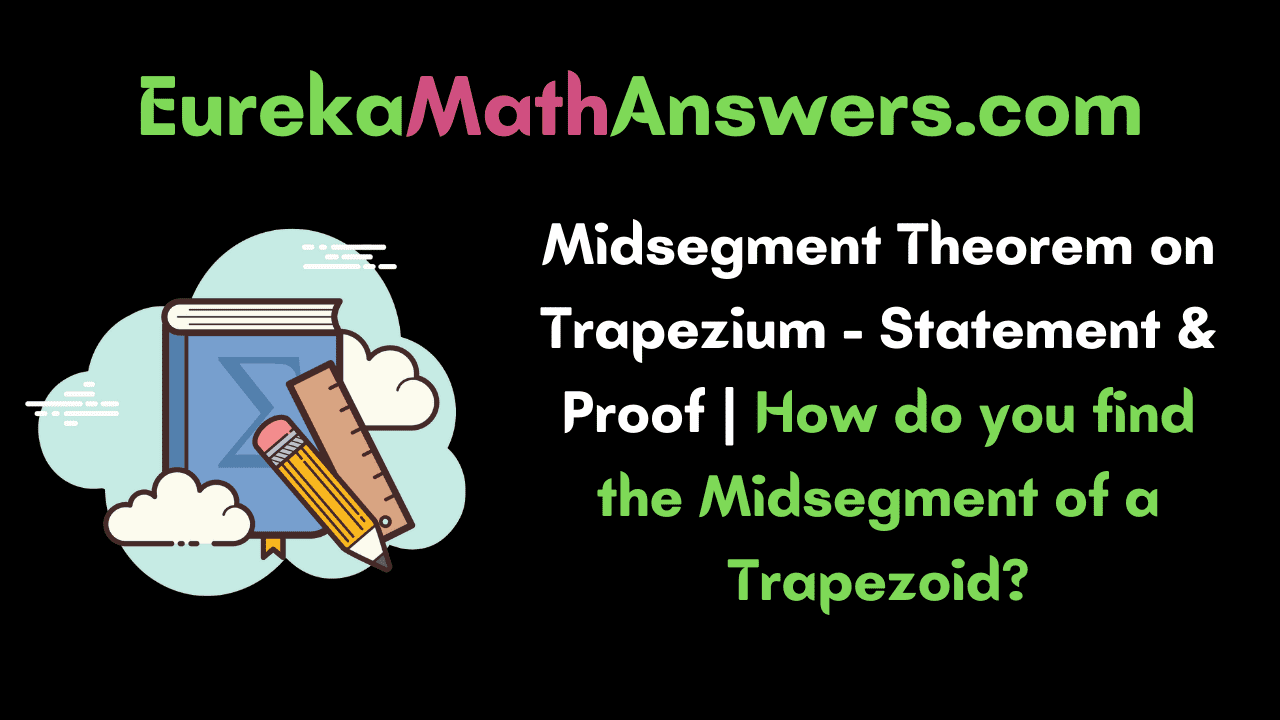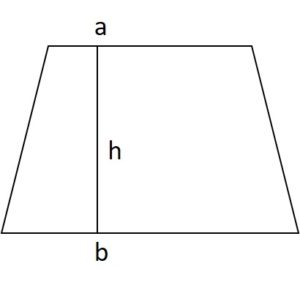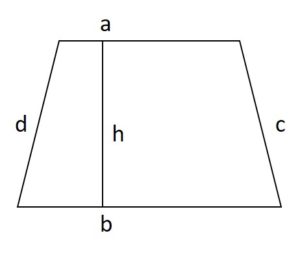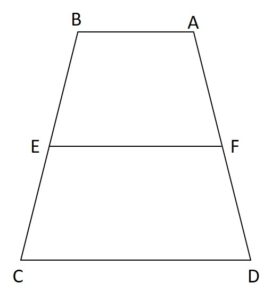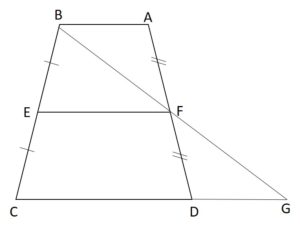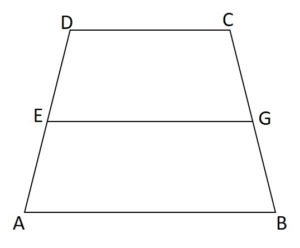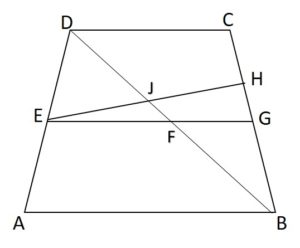In this worksheet on comparison on ratios, students and teachers can find various ways of comparing ratios problems between two or more ratios. The term ratio defines the quantitative relationship of two numbers or amounts when there are three or more quantities that come together, then a comparison of ratios is required.
To compare two ratios, we need to adapt them into equivalent such as fractions. Every student should aware of the procedure of comparing ratios, which makes it easier to compare the ratios. Refer to this free worksheet for ratio comparison and solve the basic to complex problems with ease. The Printable Worksheet on Comparing Ratios is fun to practice and gives you deeper insight into the concept.
Also Check:
How to Compare Ratios?
- Firstly, check the second terms of the given ratios.
- If they are not the same take the L.C.M of both the second terms and divide the L.C.M with the consequent of both the ratios.
- Now, multiply the quotient with both the terms of ratio.
- After that, we decide which ratio of the first term or antecedent is greater than that of the new ratios obtained.
Practice the questions of comparison on ratios in detail from the below comparing ratios worksheet with answers.
Comparing Ratios Worksheet PDF
Example 1.
Compare the ratio 4: 7 and 2: 14.
Solution:
The given ratio to compare is 4: 7 and 2: 14.
Now, take the L.C.M of both the second terms 7 and 14 is 14.
Divide the L.C.M with the second term. i.e., 14\(\div\)7=2 and 14\(\div\)14=1.
Next, multiply the quotient with the antecedent and the consequent of the ratios.
Therefore, \(\frac{4}{7}\) = \(\frac{4×2}{7×2}\) = \(\frac{8}{14}\).
\(\frac{2}{14}\) = \(\frac{2×1}{14×1}\) = \(\frac{2}{14}\).
As we can see, 8 > 2, \(\frac{4}{7}\) > \(\frac{2}{14}\) i.e., 4: 7 > 2: 14.
Hence, 4: 7 is greater than the 2: 14 by the comparison rules of ratio.
Example 2.
Which ratio is greater 2\(\frac{1}{3}\): 1\(\frac{2}{5}\) and 5: 2.
Solution:
Given ratios is 2\(\frac{1}{3}\): 1\(\frac{2}{5}\) and 5: 2.
Convert the mixed fractions into proper fractions. i.e., 2\(\frac{1}{3}\): 1\(\frac{2}{5}\)=\(\frac{7}{3}\): \(\frac{7}{5}\).
\(\frac{7}{3}\): \(\frac{7}{5}\) and \(\frac{50}{10}\): \(\frac{20}{10}\)
= \(\frac{7}{3}\)×15: \(\frac{7}{5}\)×15 and \(\frac{50}{10}\)×10: \(\frac{20}{10}\)×10
= 35: 21 and 50: 20
= \(\frac{35}{21}\) and \(\frac{50}{20}\)
= \(\frac{5×7}{3×7}\) and \(\frac{5×10}{2×10}\)
= \(\frac{5}{3}\) and \(\frac{5}{2}\)
= 5: 3 and 5: 2
Now, compare the ratios 5:3 and 5: 2.
The L.C.M of the second terms 3 and 2 is 6.
Now, divide with the second terms of both the ratios. ie., 6\(\div\)3=2 and 6\(\div\)2=3.
Therefore, \(\frac{5}{3}\) = \(\frac{5×2}{3×2}\) = \(\frac{10}{6}\).
\(\frac{5}{2}\) = \(\frac{5×3}{2×3}\) = \(\frac{15}{6}\).
So, 15>10, \(\frac{5}{2}\) > \(\frac{5}{3}\), 5: 3 < 5: 2.
Therefore, the ratios 5: 2 > 2\(\frac{1}{3}\): 1\(\frac{2}{5}\).
Example 3.
Arrange the following ratios in descending order.
(i) 1: 2, 4: 2, and 3:5
(ii) 4:1, 3:6, 7:5, and 2:4
Solution:
(i) Given ratios to arrange in descending order are 1: 2, 4: 2, and 3:5.
The ratios can also be written as \(\frac{1}{2}\), \(\frac{4}{2}\), and \(\frac{3}{5}\).
L.C.M of all the denominators 2, 2, and 5 is 10.
Now, divide the L.C.M
10\(\div\)2=5, 10\(\div\)2=5, and 10\(\div\)5=2.
Multiply the quotients with the ratios.
\(\frac{1}{2}\) = \(\frac{1×5}{2×5}\) = \(\frac{5}{10}\),
\(\frac{4}{2}\) = \(\frac{4×5}{2×5}\) = \(\frac{20}{10}\),
and \(\frac{3}{5}\) = \(\frac{3×2}{5×2}\) = \(\frac{6}{10}\).
Therefore, \(\frac{20}{10}\) > \(\frac{6}{10}\) > \(\frac{5}{10}\).
⇒ \(\frac{4}{2}\) > \(\frac{3}{5}\) > \(\frac{1}{2}\).
The ratios in descending order is 4: 2, 3: 5, and 1: 2.
(ii) Given ratios to arrange in descending order is 4:1, 3:5, 7:5, and 2:4.
The L.C.M of the second terms of the ratios 1, 5, 5, and 4 = 20.
Divide the L.C.M with all the consequent of the ratios. i.e., 20\(\div\)1=20, 20\(\div\)6=, 20\(\div\)5=4, and 20\(\div\)4=5.
Now,
\(\frac{4}{1}\) = \(\frac{4×20}{1×20}\) = \(\frac{80}{20}\),
\(\frac{3}{5}\) = \(\frac{3×6}{6×6}\) = \(\frac{18}{36}\),
\(\frac{7}{5}\) = \(\frac{7×4}{5×4}\) = \(\frac{28}{20}\),
and \(\frac{2}{4}\) = \(\frac{2×5}{4×5}\) =\(\frac{10}{20}\).
Here, compare the numerators for which ratio is greater.
Since, \(\frac{80}{20}\) > \(\frac{28}{20}\) > \(\frac{18}{36}\) > \(\frac{10}{20}\)
⇒ \(\frac{4}{1}\) > \(\frac{7}{5}\) > \(\frac{3}{5}\) > \(\frac{2}{4}\).
Therefore, the ratios in descending order are 4: 1, 7: 5, 3: 5, and 2: 4.
Example 4.
Write and arrange the following ratios in ascending order.
(i) 11: 4, 5: 1, and 9: 3
(ii) 4: 5, 5: 7, and 7: 9
Solution:
(i) Given ratios are 11: 4, 5: 1, and 9: 3.
L.C.M of the second terms 4, 1, and 3 is 12.
Now,
\(\frac{11}{4}\) = \(\frac{11×3}{4×3}\) = \(\frac{33}{12}\),
\(\frac{5}{1}\) = \(\frac{5×12}{1×12}\) = \(\frac{60}{12}\),
and \(\frac{9}{3}\) = \(\frac{9×4}{3×4}\) = \(\frac{36}{12}\).
Since, \(\frac{33}{12}\) < \(\frac{36}{12}\) < \(\frac{60}{12}\)
⇒ \(\frac{11}{4}\) < \(\frac{9}{3}\) < \(\frac{5}{1}\).
Thus, the ascending order of the ratio is 11: 4, 9: 3, and 5: 1.
(ii) Given ratios are 4: 5, 5: 7, and 7: 9
As per the comparison rules of ratio, we take the L. C. M of the second term. i.e., 5, 7, and 9 is 315.
Next, divide the L.C.M with the second term of all the ratios.
315\(\div\)5=63, 315\(\div\)7=45, and 315\(\div\)9=35.
Now, multiply the quotient with both the terms of the ratios. We get,
\(\frac{4}{5}\) = \(\frac{4×63}{5×63}\) = \(\frac{252}{315}\),
\(\frac{5}{7}\) = \(\frac{5×45}{7×45}\) = \(\frac{225}{315}\),
and \(\frac{7}{9}\) = \(\frac{7×35}{9×35}\) = \(\frac{245}{315}\).
Since, \(\frac{225}{315}\) < \(\frac{245}{315}\) < \(\frac{252}{315}\)
⇒ \(\frac{5}{7}\) < \(\frac{7}{9}\) < \(\frac{4}{5}\)
⇒ 5: 7, 7: 9, and 4: 5
Therefore, the ratios in ascending order are 5: 7, 7: 9, and 4: 5.




